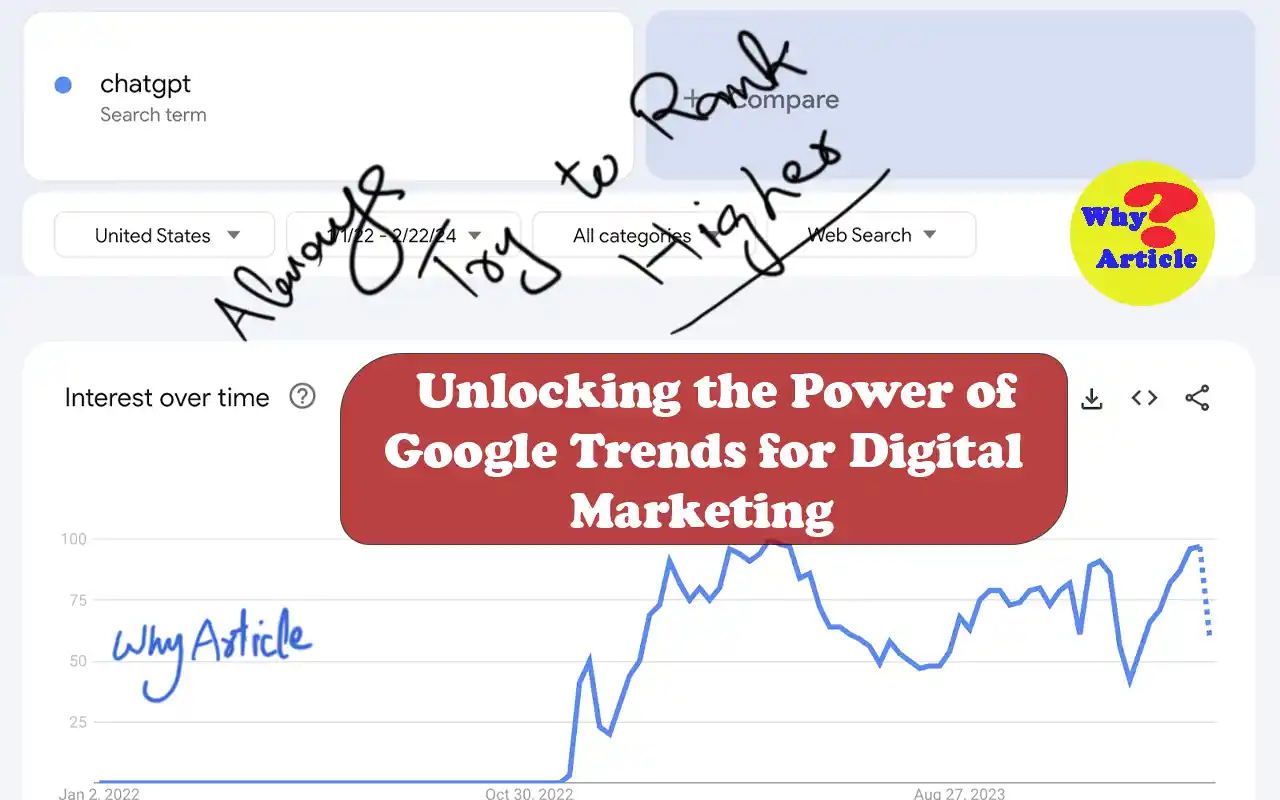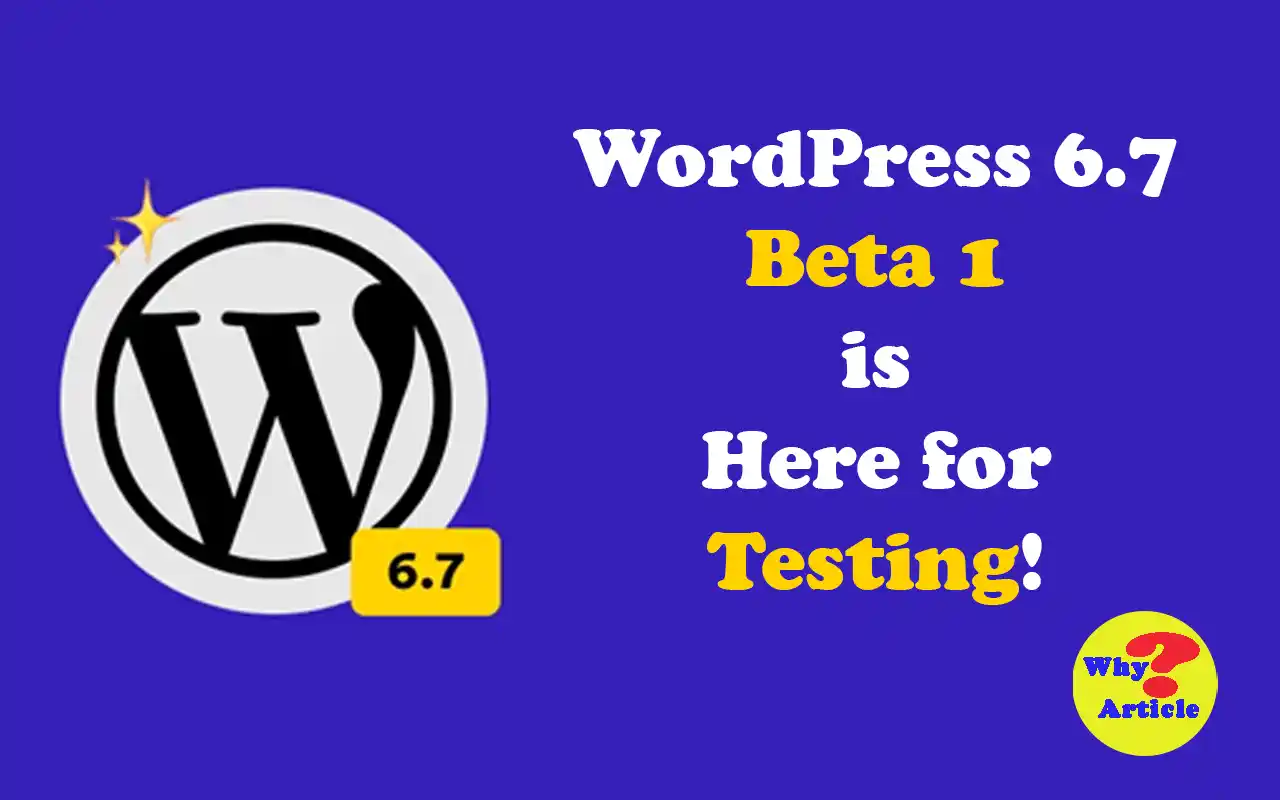Are you diving into the world of digital marketing? Or maybe you’re already in the game and looking to optimize your content for better search engine performance? Either way, understanding the power of long-tail keywords can be a game-changer for your SEO strategy.
In this guide, we’ll explore what long-tail keywords are, why they’re essential and how you can use them to boost your website’s traffic and conversions.
What are Long-Tail Keywords?
Long-tail keywords are specific phrases, typically consisting of four words or more, that people use to search for something online. Unlike broad, single-word keywords, long-tail keywords are more targeted and less competitive.
For example, instead of using the keyword “hand sanitizer,” a long-tail keyword would be “alcohol-based hand sanitizer in Cape Town.”
Why are Long-Tail Keywords Important?
Long-tail keywords might not bring in as much traffic as short-tail keywords, but the traffic they do bring is often more qualified.
Here’s why you should consider using them in your SEO strategy:
- Higher Conversion Rates: Users searching for long-tail keywords are usually further along in their decision-making process. They’re more specific about what they want, which means they’re more likely to convert.
- Less Competition: Long-tail keywords have lower search volumes, which means less competition and a better chance of ranking higher on search engine results pages (SERPs).
- Better Targeting: These keywords allow you to target niche markets more effectively, ensuring that your content reaches the right audience.
Where to Start with Long-Tail Keywords?
Starting with long-tail keywords can seem daunting, but with the right approach, it becomes much easier. Here’s how to get started:
Step 1: Define Your Content Purpose
Before you begin, clearly define the purpose of your content. Are you trying to educate your audience, sell a product, or promote a service? Knowing your content’s purpose will help you choose the right long-tail keywords.
Step 2: Understand Your Audience
Understanding your target audience is crucial.
Create buyer personas to get a clear picture of who your ideal customers are. Consider their demographics, interests and search behaviors.
Step 3: Research Long-Tail Keywords
Use tools like Google Ads Keyword Planner, Ahrefs, or SEMrush to find long-tail keywords relevant to your niche.
Look for keywords with a balance of search volume and competition.
Step 4: Integrate Long-Tail Keywords Naturally
Once you’ve selected your keywords, integrate them naturally into your content. Avoid keyword stuffing, which can harm your SEO.
Instead, use them in your headings, subheadings and throughout the body of your text.
Implementing Long-Tail Keywords in Your Content
Now that you have your long-tail keywords, it’s time to implement them. Here’s a step-by-step guide:
Step 1: Create High-Quality Content
Focus on creating valuable content that addresses your audience’s needs. High-quality content naturally attracts backlinks and improves your SEO.
Step 2: Use Keywords in Headings and Subheadings
Incorporate your long-tail keywords into your headings and subheadings. This not only helps you with SEO but also makes your content more readable.
Step 3: Write Engaging and Informative Content
Write in a friendly, engaging tone with short and simple sentences. Use everyday language to make your content accessible to a broader audience.
Break your content into small, digestible chunks with headings and subheadings to improve readability.
Step 4: Optimize Meta Descriptions and URLs
Include your long-tail keywords in meta descriptions and URLs. This helps search engines understand what your content is about and improves your click-through rates.
FAQs about Long-Tail Keywords
Long-tail keywords are specific search phrases, usually four words or more, that target niche markets. They are less competitive and often have higher conversion rates compared to short-tail keywords.
Using long-tail keywords helps you attract more qualified traffic, rank higher on SERPs and target niche audiences effectively.
They also have higher conversion rates since users searching for these terms are usually closer to making a purchase decision.
You can use tools like Google Ads Keyword Planner, Ahrefs and SEMrush to research long-tail keywords. Look for keywords with a good balance of search volume and competition.
Integrate long-tail keywords naturally into your headings, subheadings and throughout your content.
Avoid keyword stuffing and focus on creating high-quality, engaging content that provides value to your audience.
Yes, long-tail keywords can improve your PPC campaigns by reducing competition and cost-per-click while targeting more qualified leads.
This results in higher conversion rates and a better return on investment.
Conclusion
Long-tail keywords are a powerful tool in your SEO strategy. They help you target specific audiences, improve conversion rates and reduce competition. By understanding and implementing long-tail keywords in your content strategy, you can boost your website’s traffic and achieve better search engine rankings.
Need help with your SEO and keyword research? Reach out to the experts at Why Article and start optimizing your content today!
By following these guidelines and using the provided long-tail keywords, you can create content that not only ranks higher in search results but also engages and converts your audience. Happy writing!









Hi there! I must say, this blog post really caught my attention. Your writing style is so captivating, and the way you presented the information made it easy to understand and enjoyable to read. Thank you for sharing your expertise on this topic. I’m eager to see what you write about next.
Greetings! I found this blog post to be incredibly informative and well-written. Your ability to break down complex topics into easy-to-understand language is truly a gift. Thank you for sharing your knowledge with us. I’m excited to read more of your posts in the future!
Hello! I was thoroughly impressed by this blog post. Your depth of knowledge and ability to convey complex ideas in a simple manner is commendable. Thank you for shedding light on this topic. I’m looking forward to exploring more of your blog in the future.
Hello! I wanted to drop by and say that I really enjoyed this blog post. Your writing is always so clear and concise, and you have a talent for making complex topics easy to understand. Thank you for sharing your insights with us. I’m looking forward to your next post!
Hi! I just finished reading your blog post, and I must say, it was excellent. Your ability to explain complicated concepts in a simple and engaging way is truly remarkable. Thank you for providing such valuable content. I can’t wait to read more from you in the future.
Hi there! Just wanted to let you know how much I enjoyed reading this post. Your approach to the subject was unique and informative. It’s clear that you put a lot of effort into your writing. Keep up the great work, and I can’t wait to see what else you have in store.
Great article! I learned so much from it. Your in-depth analysis and thoughtful insights were very helpful. I appreciate the effort you put into writing this and sharing it with us. Thank you for your hard work and dedication to providing valuable content.
Hi! I found this blog post to be incredibly insightful and well-written. Your ability to break down complex topics into easy-to-understand language is truly a gift. Thank you for sharing your knowledge with us. I’m excited to read more of your posts in the future!
Greetings! I just wanted to let you know how much I appreciated this blog post. Your writing is always so engaging and informative. It’s clear that you have a deep understanding of the subject matter. Thank you for sharing your expertise with us. Looking forward to your next post!
Thank you for this fantastic post! The information you provided is very useful and well-explained. I especially liked how you broke down complex concepts into easily understandable parts. Your writing is clear and concise, making it a pleasure to read. Looking forward to more of your posts.
Hello! I wanted to drop by and say that I really enjoyed this blog post. Your writing is always so clear and concise, and you have a talent for making complex topics easy to understand. Thank you for sharing your insights with us. I’m looking forward to your next post!
Thank you for this wonderful post! I found it very informative and engaging. Your thorough research and clear writing style made it easy to understand. I appreciate the time and effort you put into creating this valuable content. Keep up the excellent work.
This was an amazing read! Your insights on this topic are very valuable and have given me a lot to think about. I appreciate the time and effort you put into researching and writing this post. Thank you for sharing your knowledge with us.
Hey! I stumbled upon your blog and this post really stood out to me. The way you explained the topic was clear and concise, making it accessible to readers of all backgrounds. Thank you for breaking it down in such an understandable way. Can’t wait to read more from you.
Hi! I found this blog post to be incredibly insightful and well-written. Your ability to break down complex topics into easy-to-understand language is truly a gift. Thank you for sharing your knowledge with us. I’m excited to read more of your posts in the future!
Hello! I just wanted to say how much I appreciated this blog post. Your writing is always so engaging and informative. It’s clear that you have a deep understanding of the subject matter. Thank you for sharing your expertise with us. Looking forward to your next post!
Greetings! I just wanted to let you know how much I appreciated this blog post. Your writing is always so engaging and informative. It’s clear that you have a deep understanding of the subject matter. Thank you for sharing your expertise with us. Looking forward to your next post!
Greetings! I found this blog post to be incredibly informative and well-written. Your ability to break down complex topics into easy-to-understand language is truly a gift. Thank you for sharing your knowledge with us. I’m excited to read more of your posts in the future!
Great post! I enjoyed reading it and learned a lot. Your writing style is engaging and easy to follow, and the information you provided was very helpful. Thank you for sharing your knowledge and expertise on this topic. Keep up the good work.
Hey there! I wanted to take a moment to let you know how much I enjoyed this blog post. Your insights were incredibly helpful and thought-provoking. It’s clear that you put a lot of effort into your writing. Thank you for sharing your expertise with us. Looking forward to your next post!